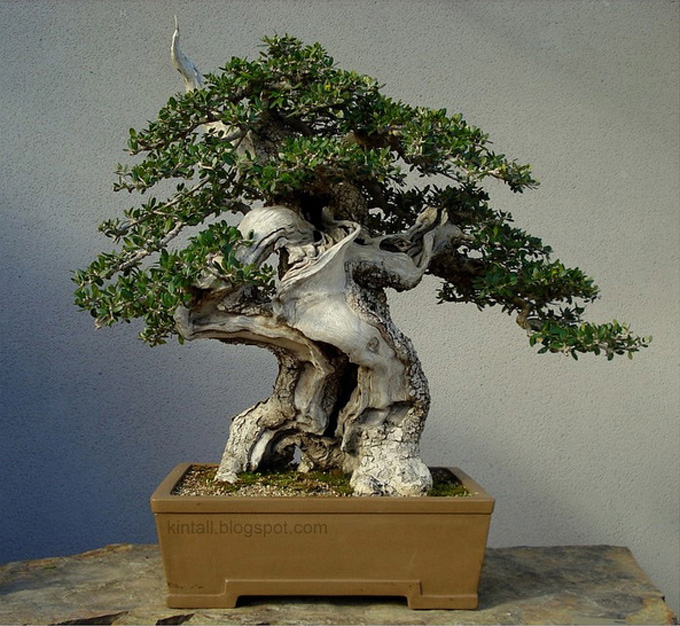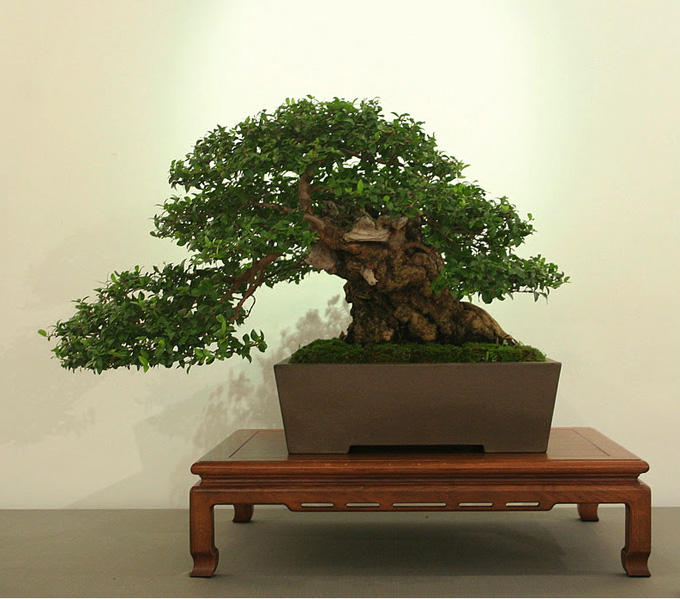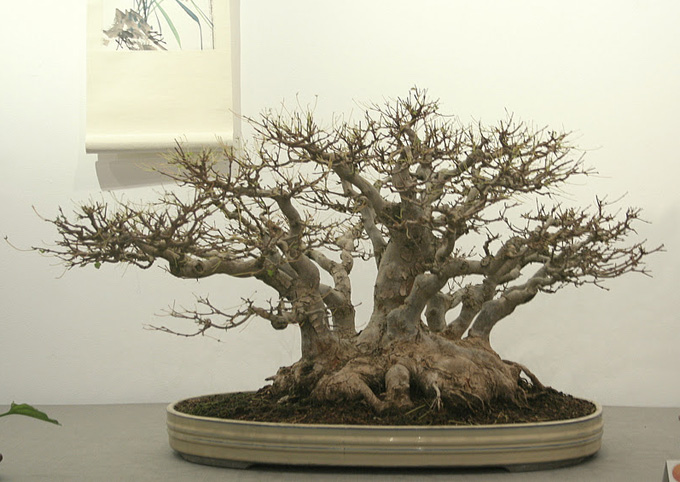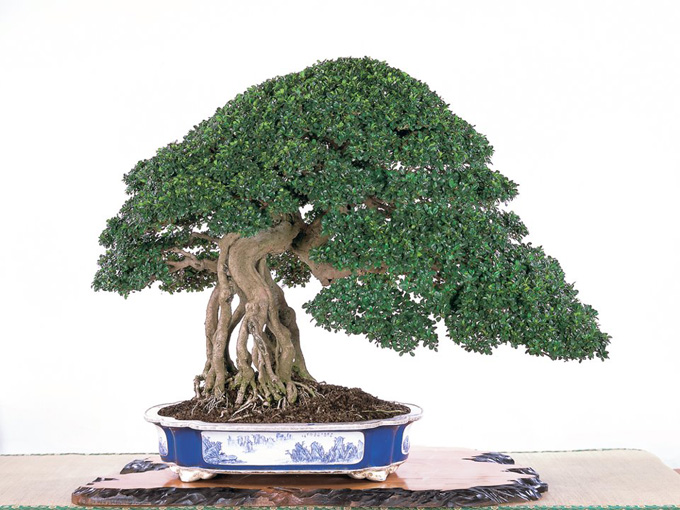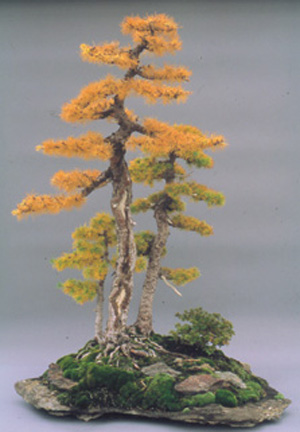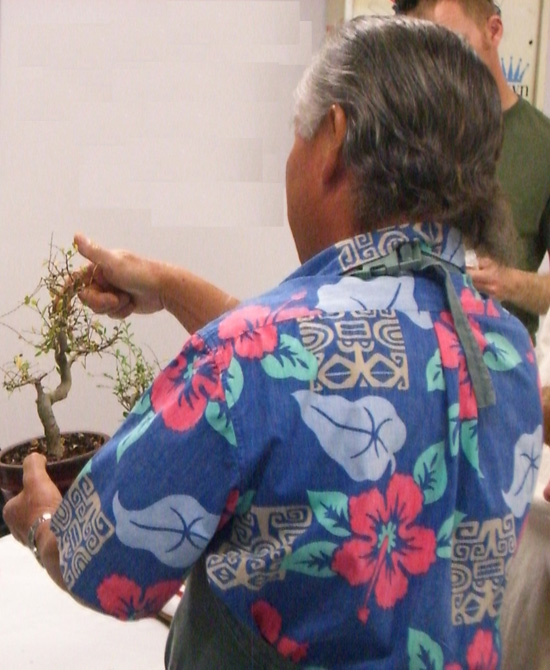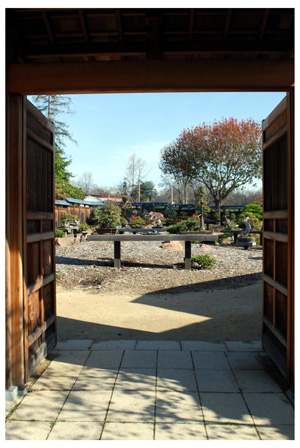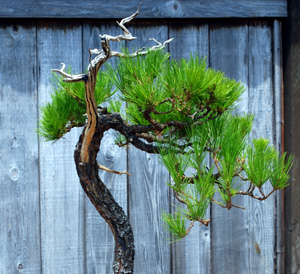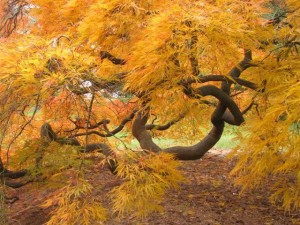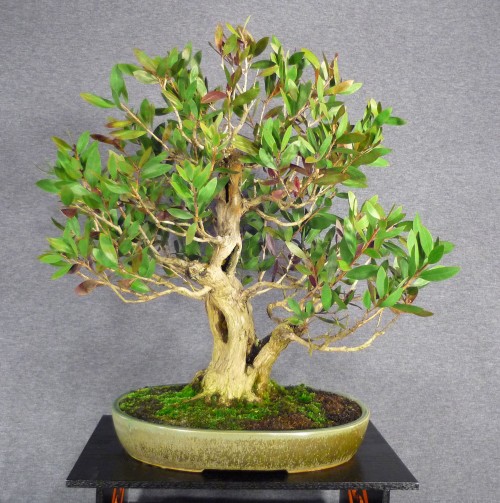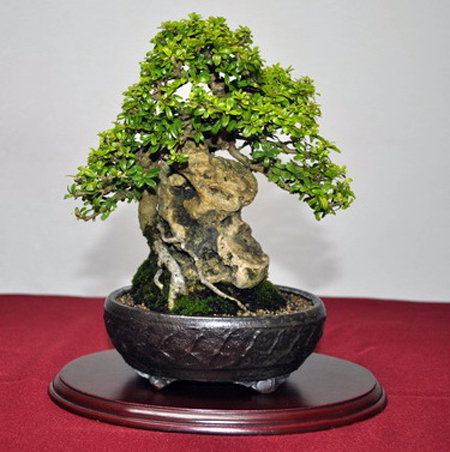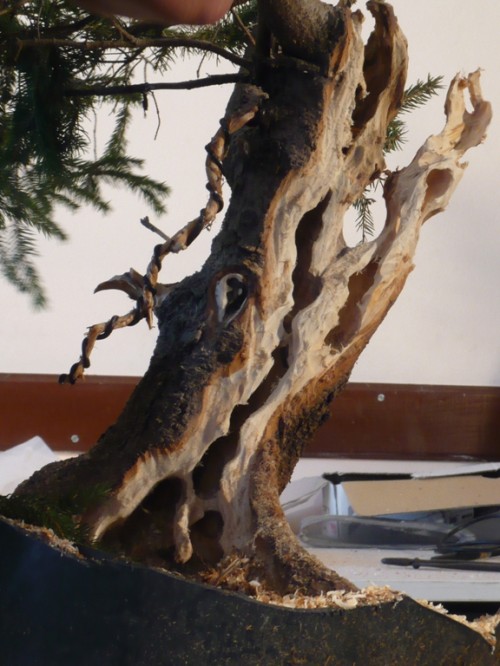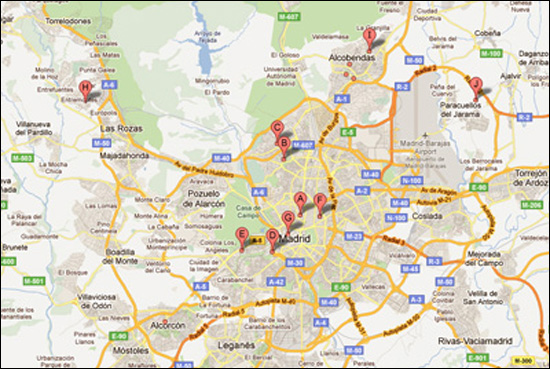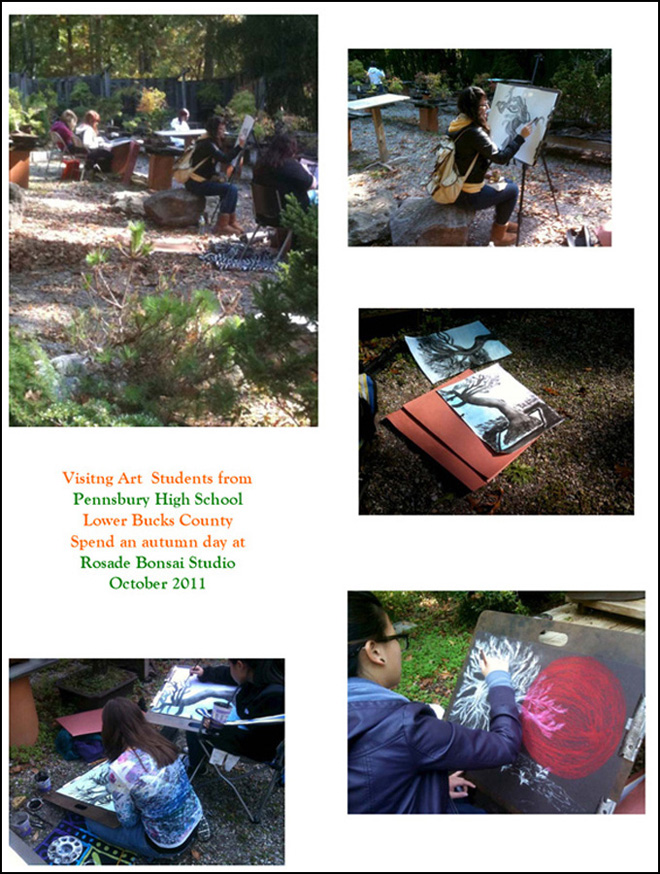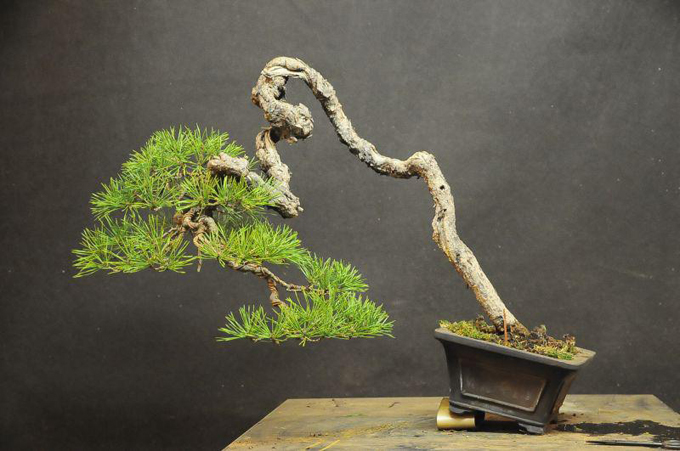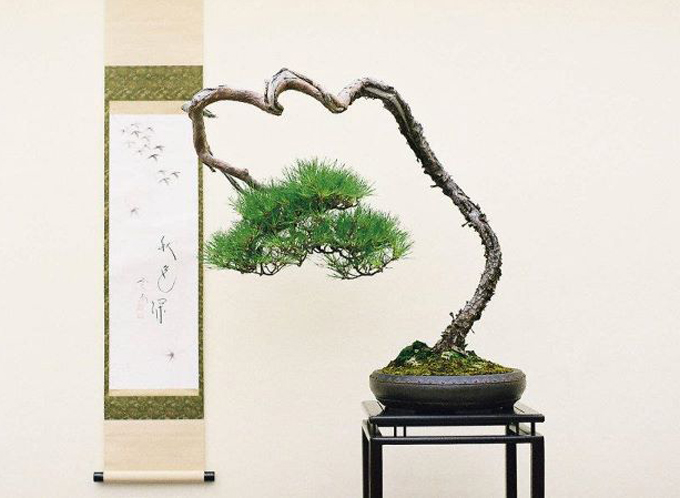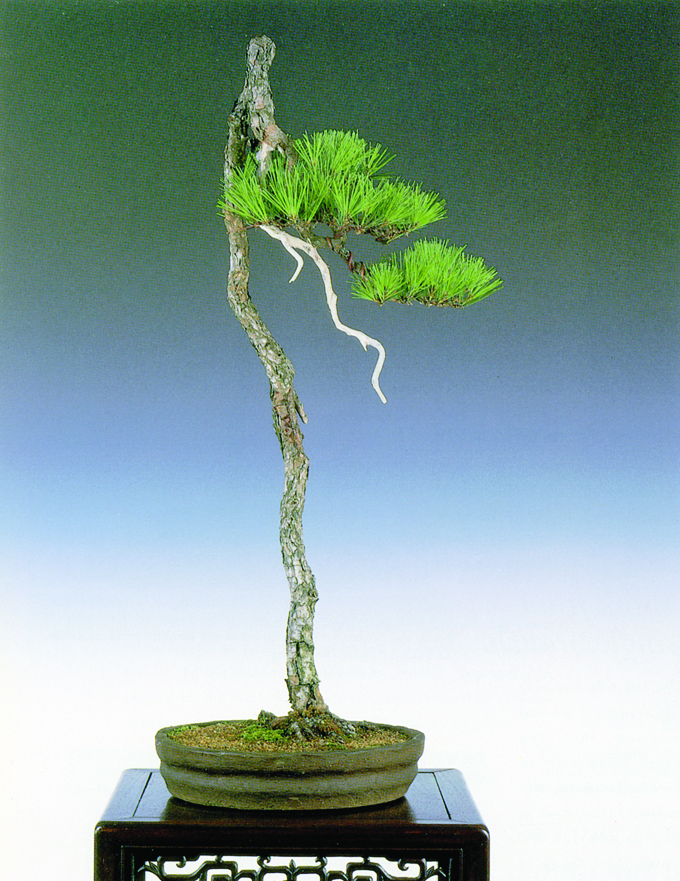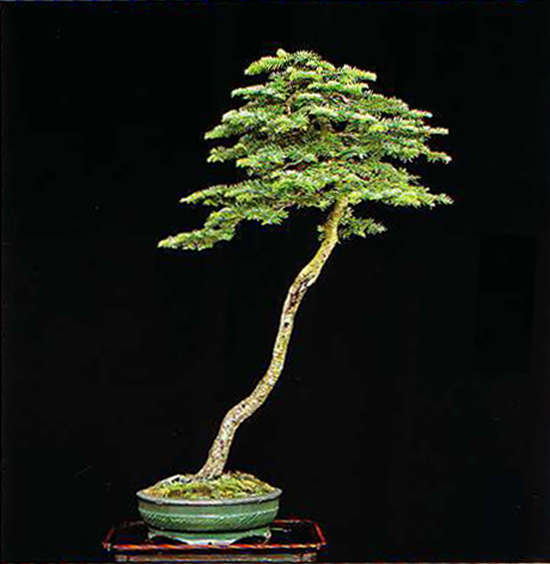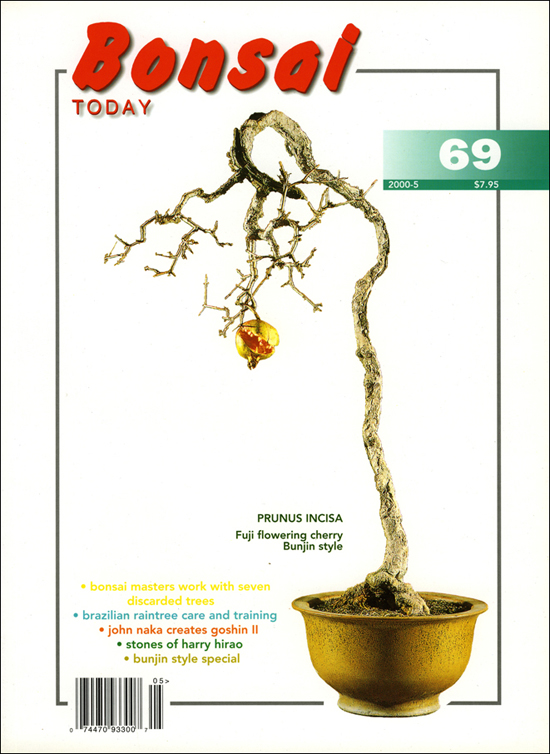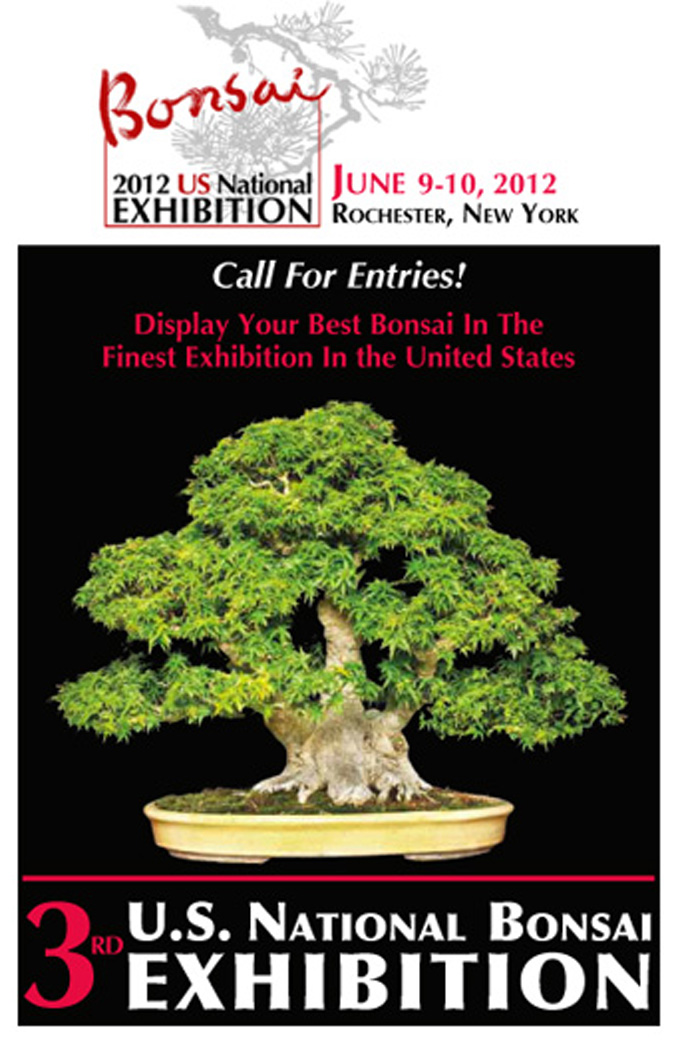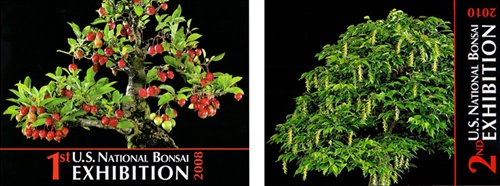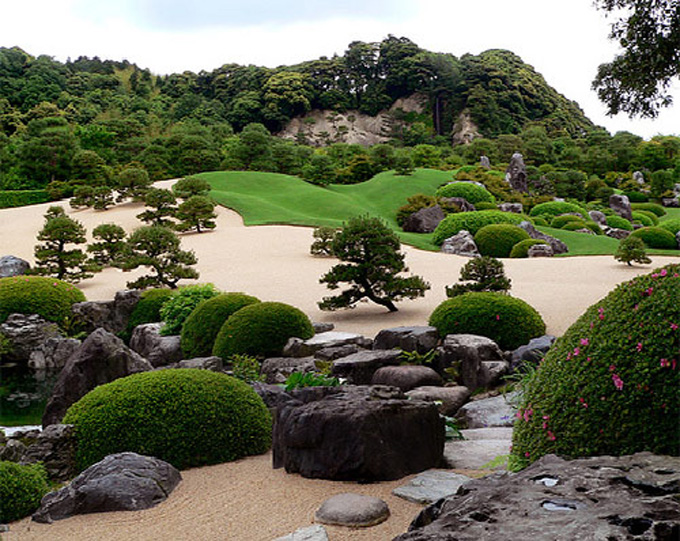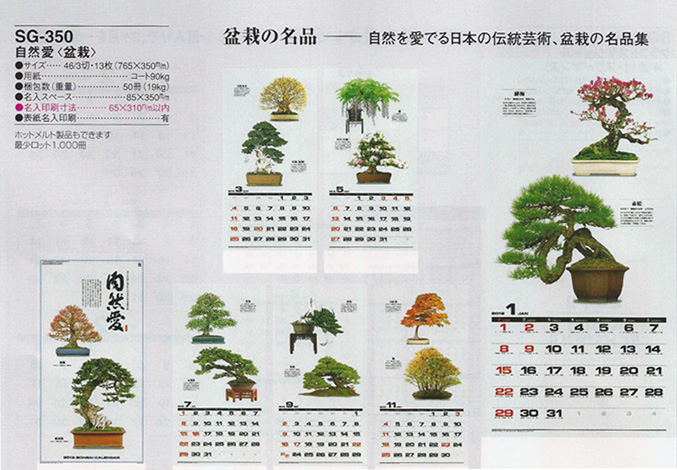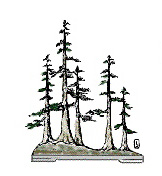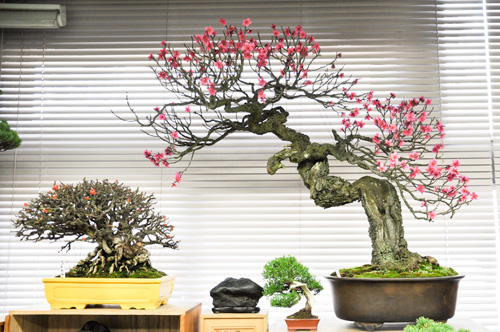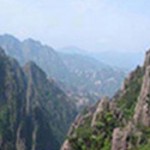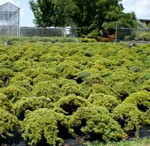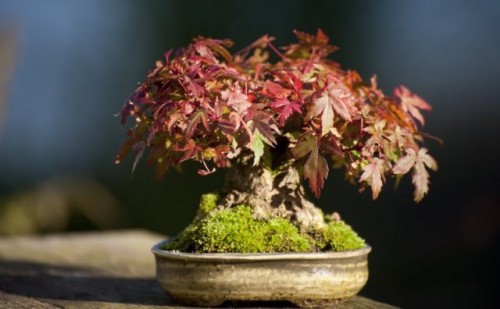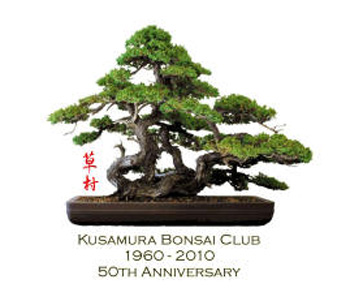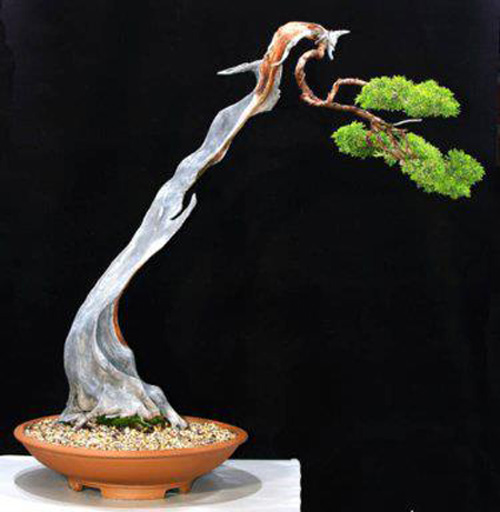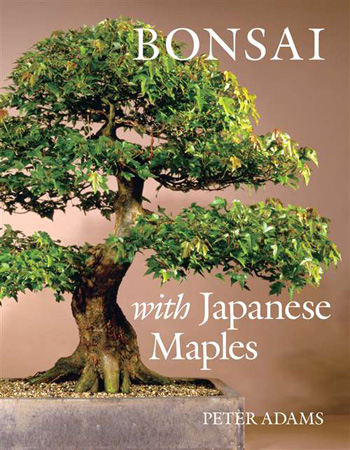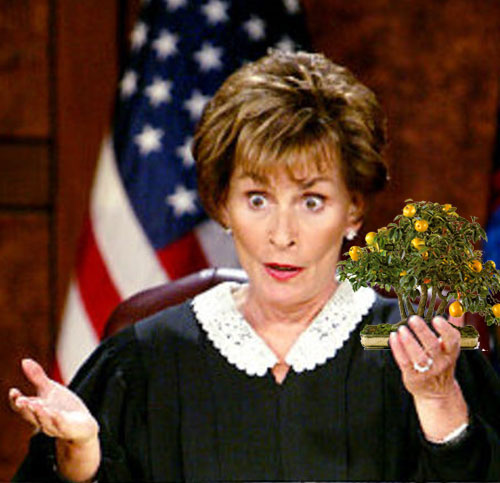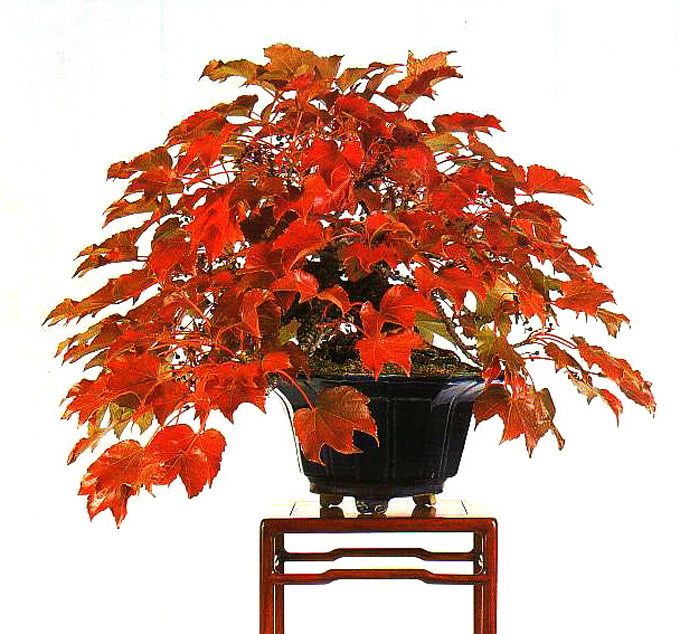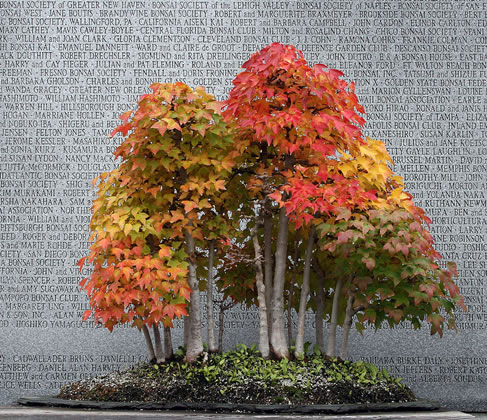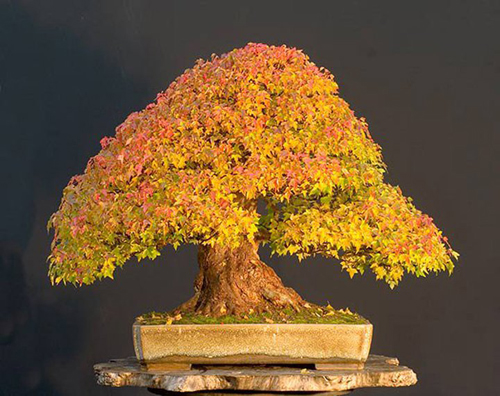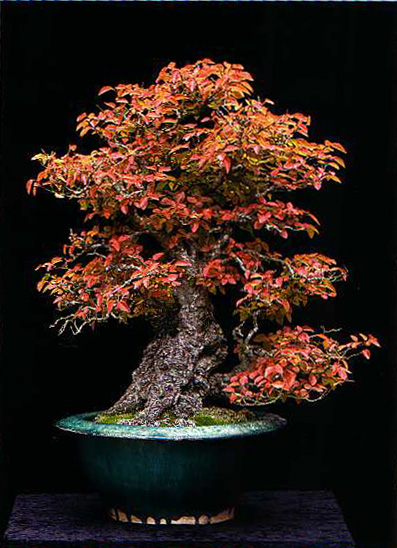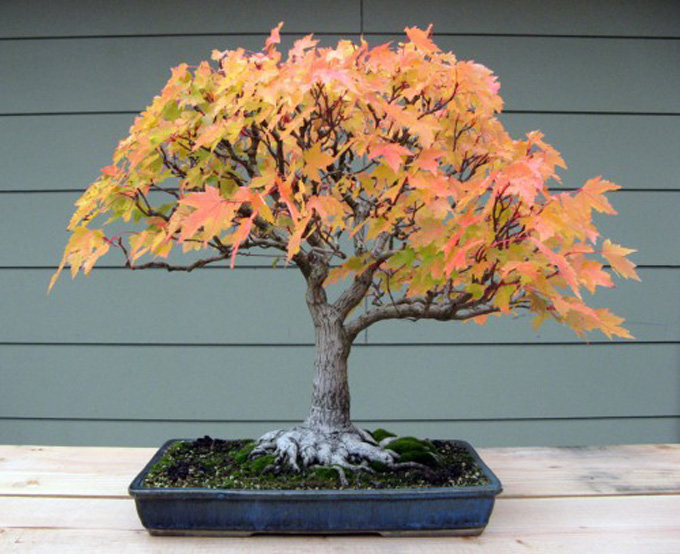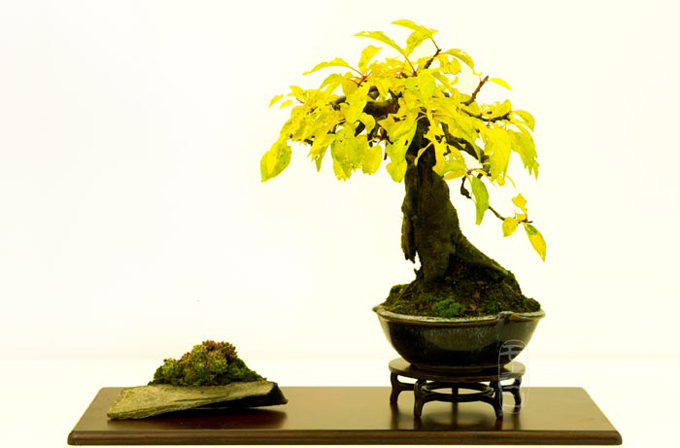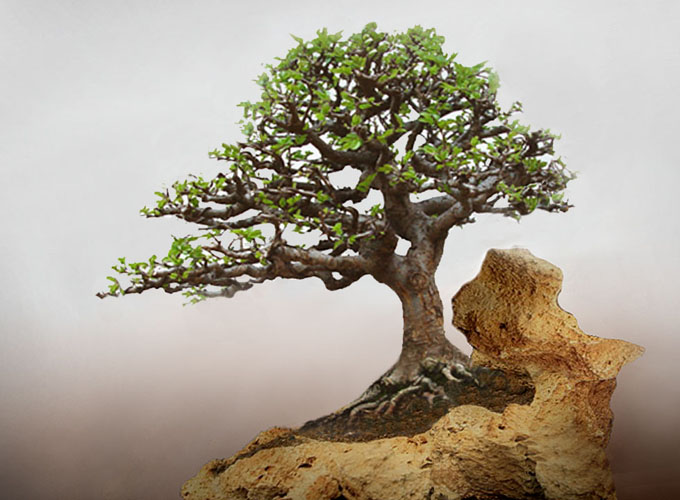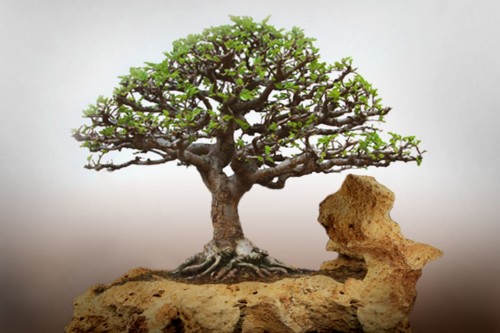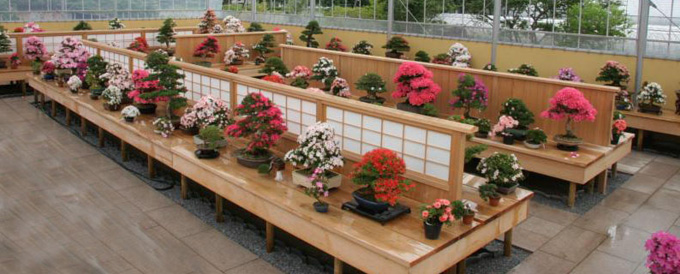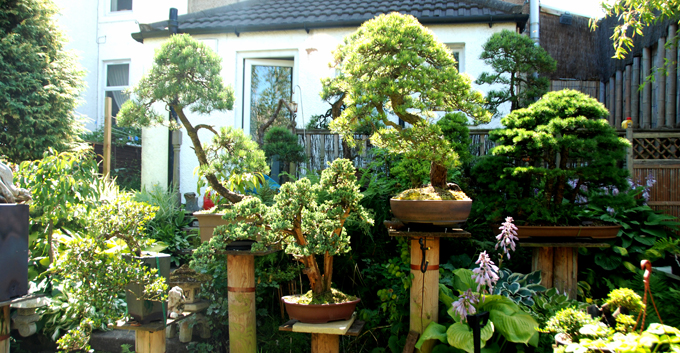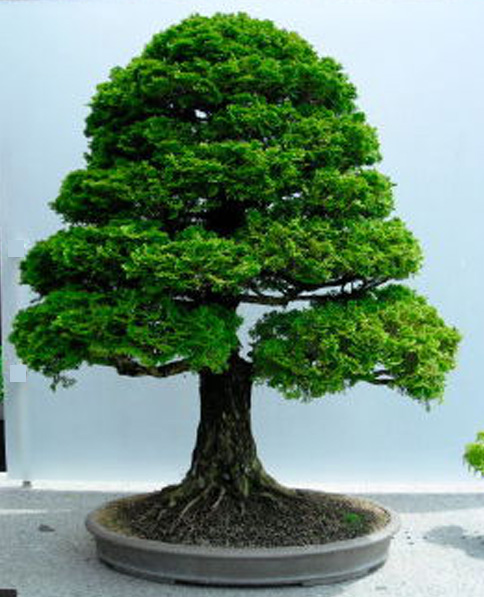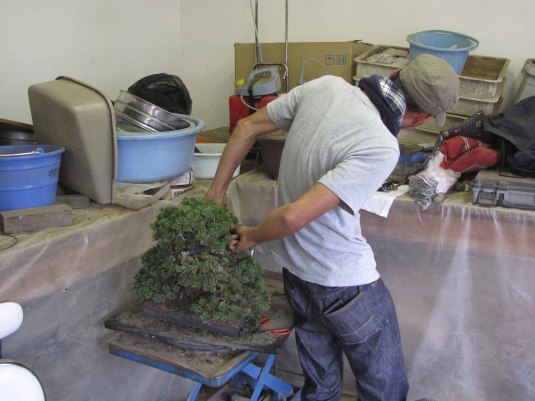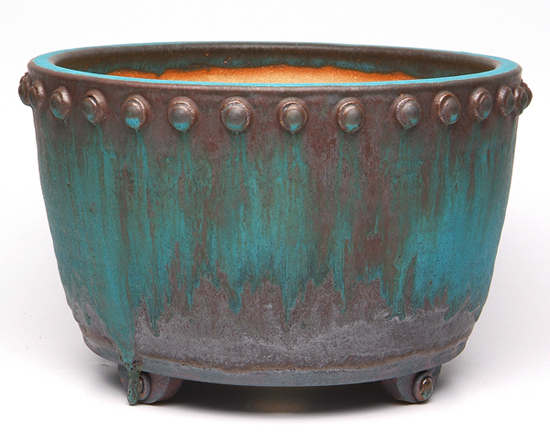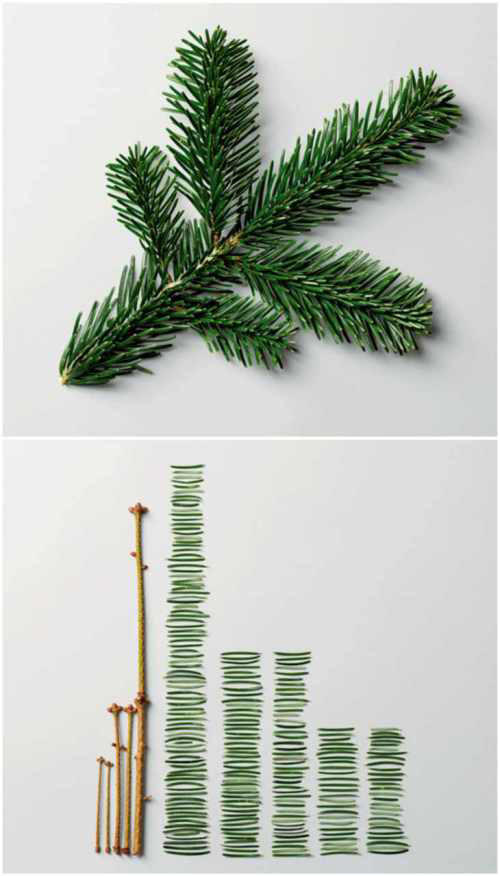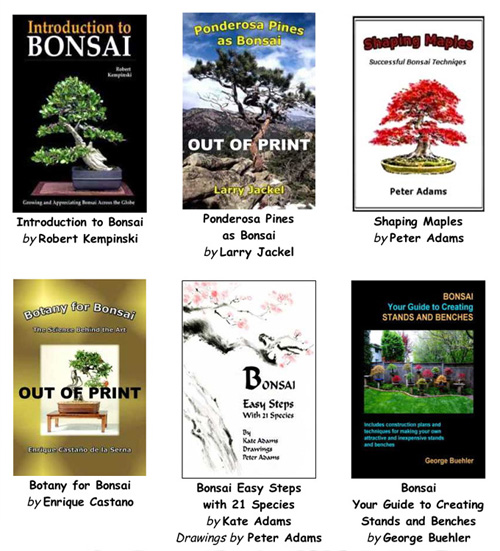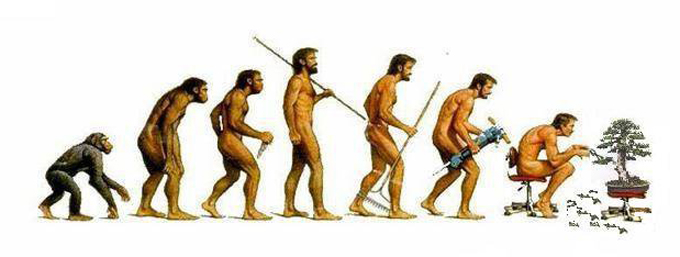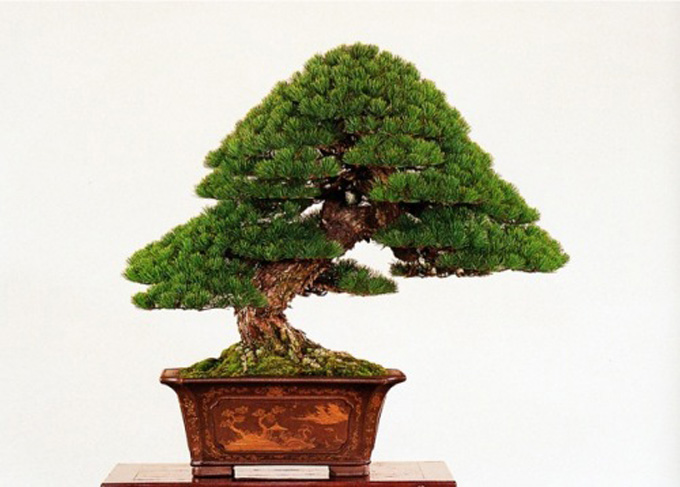 Michael Hagedorn (our alphabetically first judge) worked on this Japanese white pine before his teacher, Shinji Suzuki entered it in the famous Kokufu show. You can visit Michael’s Crataegus Bonsai (one of my all time favorite bonsai blogs) for the whole story. Michael is the author of Post-Dated – The Schooling of an Irreverent Bonsai Monk.
Michael Hagedorn (our alphabetically first judge) worked on this Japanese white pine before his teacher, Shinji Suzuki entered it in the famous Kokufu show. You can visit Michael’s Crataegus Bonsai (one of my all time favorite bonsai blogs) for the whole story. Michael is the author of Post-Dated – The Schooling of an Irreverent Bonsai Monk.
Bonsai from Scratch Contest: it’s time to meet the judges
All the images have been sorted and sized and sent to the judges. Now it’s their turn, so I thought it might be a good idea to introduce them. In alphabetical order, they are: Michael Hagedorn, Colin Lewis, Teddi (Theodora) Scobi, Robert Steven and Bill Valavanis. I would like to extend a hearty thanks (in advance) to each of them for taking the time to help us along with this contest. I look forward to the results of their efforts.
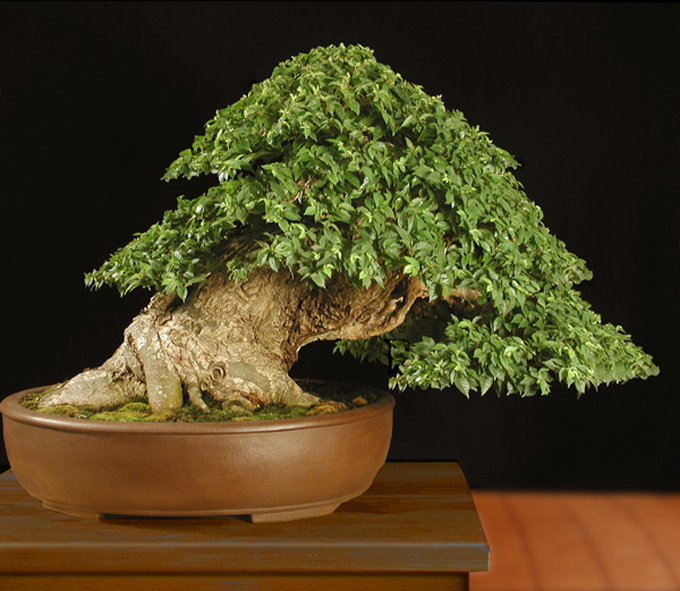 This very muscular Elm is from a gallery of Colin Lewis’ trees. Colin is a well known bonsai artist, teacher and author (and, I suspect, a genuinely literate gentleman – though that might just be his English accent), and is our second (in the alphabetical sense) judge. Colin’s home and bonsai studio is located in the snowy wilds of Maine. Way back in 2010, we featured an interview with Colin.
This very muscular Elm is from a gallery of Colin Lewis’ trees. Colin is a well known bonsai artist, teacher and author (and, I suspect, a genuinely literate gentleman – though that might just be his English accent), and is our second (in the alphabetical sense) judge. Colin’s home and bonsai studio is located in the snowy wilds of Maine. Way back in 2010, we featured an interview with Colin.
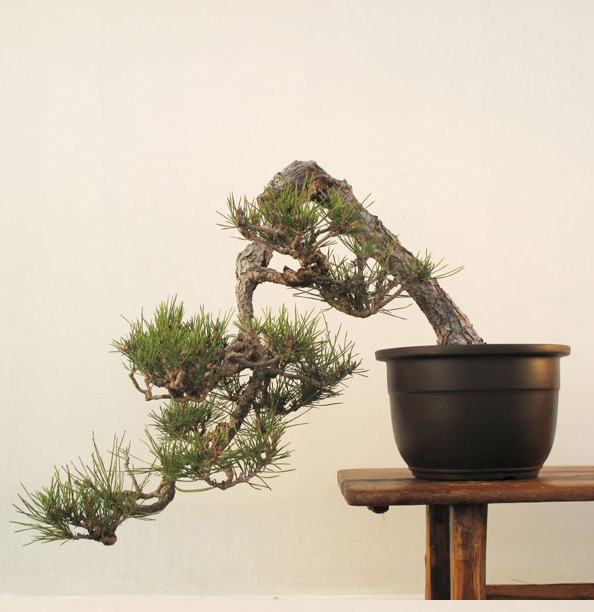 This cascading Japanese black pine is from Teddi Scobi’s (and Hitoshi Kanaegae’s) New England Bonsai Gardens. Teddi is the warm heart of NEBG, and, on a personal note, a long time dear friend.
This cascading Japanese black pine is from Teddi Scobi’s (and Hitoshi Kanaegae’s) New England Bonsai Gardens. Teddi is the warm heart of NEBG, and, on a personal note, a long time dear friend.
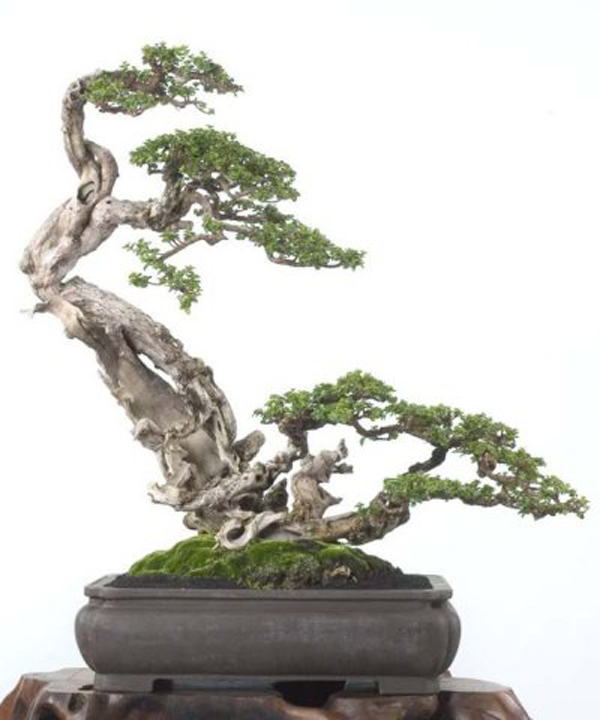 This now famous Premna, is one of dozens of my favorite Robert Steven trees. Robert is one of the most prolific and daring bonsai artists, teachers and authors in the world, and is always a great pleasure to work with. Robert’s critiques frequently appear here on Bonsai Bark.
This now famous Premna, is one of dozens of my favorite Robert Steven trees. Robert is one of the most prolific and daring bonsai artists, teachers and authors in the world, and is always a great pleasure to work with. Robert’s critiques frequently appear here on Bonsai Bark.
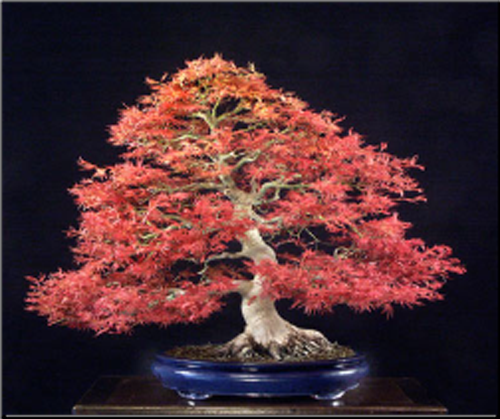 Bill Valavanis must occasionally grow tired of being last or near last in the alphabet (but in no way last in the art of bonsai). But not to worry, we feature Bill, his excellent bonsai and his world class bonsai events (the 2012 US National Bonsai Exhibition is coming up) here on Bonsai Bark regularly. This Seigen Japanese maple is one of Bill’s most famous and most wonderful trees.
Bill Valavanis must occasionally grow tired of being last or near last in the alphabet (but in no way last in the art of bonsai). But not to worry, we feature Bill, his excellent bonsai and his world class bonsai events (the 2012 US National Bonsai Exhibition is coming up) here on Bonsai Bark regularly. This Seigen Japanese maple is one of Bill’s most famous and most wonderful trees.
